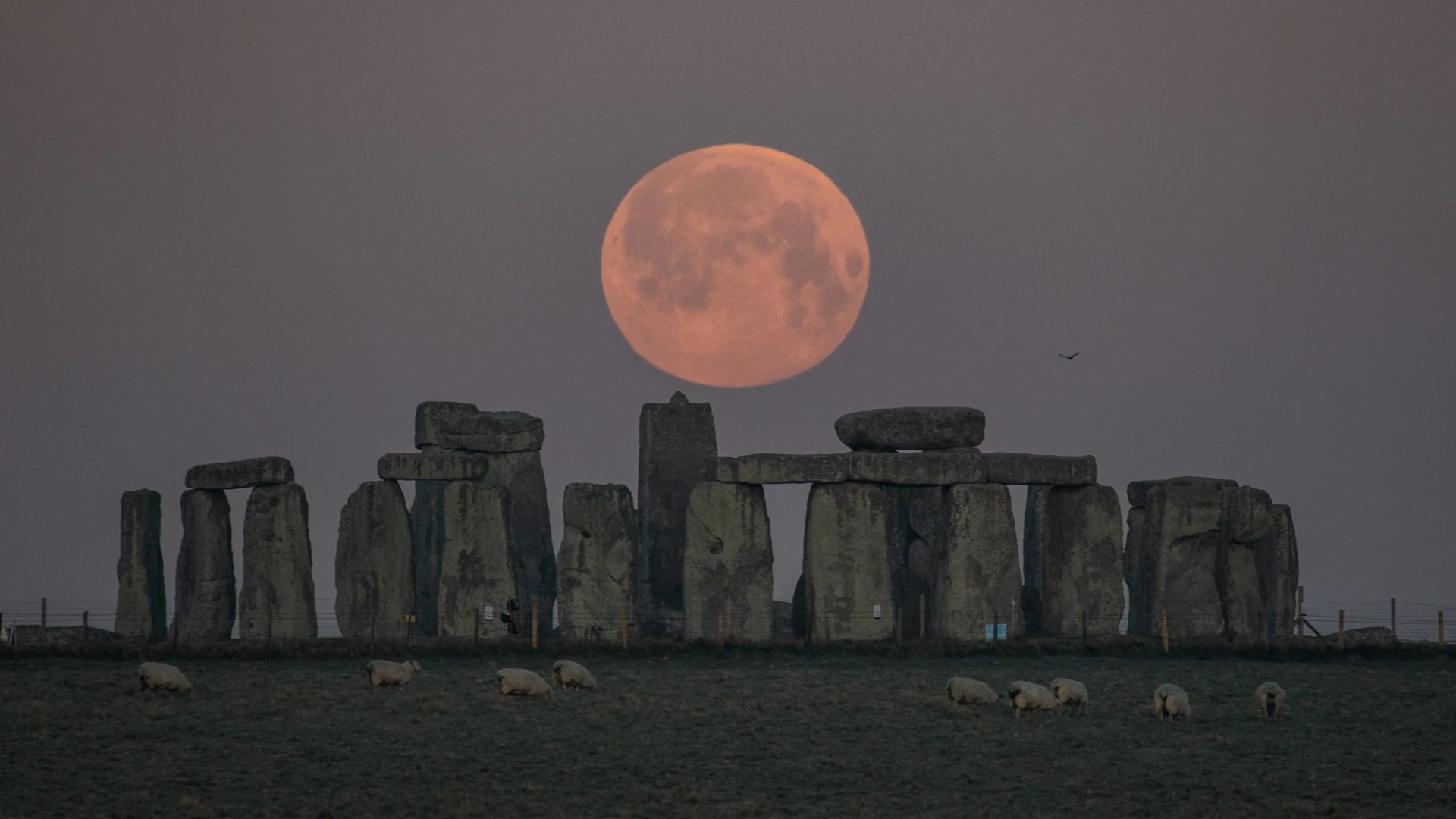SKYGAZERS around the world will be treated to a celestial spectacle as a rare ‘lunar stop’ takes place tonight.
For the first time in almost two decades, the moon will periodically rise and set at its most extreme points, offering some of the most stunning lunar views.

4

4

4
This natural phenomenon, known as the “great lunar eclipse”, occurs only once every 18.6 years and lasts about two years.
It is already developing and is in its full glory during the full moon.
During this time, the moon’s path in the sky will be more extreme than usual as it will travel higher in the sky and dip lower, reaching the farthest points in the north and south.
This means if you look at where the moon rises and sets on the horizon, you’ll see it in places you’re not used to.
Normally, the moon’s tilt—how far it moves north or south of the equator—varies.
During a great lunar standstill, it reaches its maximum radius, moving between about 28.6 degrees north and 28.6 degrees south.
In some places, the moon will remain visible for longer periods at night because it is higher in the sky.
These effects are due to the tilt of the moon’s orbit around the Earth, which is affected by the gravitational pull of the Sun and the Earth’s equator.
When a major lunar standstill occurs, it accentuates these animations, making the moon’s movements more pronounced and visible.
Tonight’s full moon is set to provide some extreme views of the lunar phenomenon as it will rise and set at its southernmost points and travel far down in the sky.
The current grand lunar eclipse is said to peak next January, but can be seen on six other dates this year.
Archaeologists will be watching the moon appear over Stonehenge tonight as the historic site has a known connection with the sun.
Researchers such as Fabio Silva from Bournemouth University will now investigate whether Stonehenge has a connection to the moon.
They have studied the extremes of the moon from Stonehenge, but Silva says the weather has often interfered.
Therefore, tonight’s full moon will mark the next major project opportunity.
He told Smithsonian magazine: “We’ve had the opportunity twice [a] months since February, but we have only managed to observe it three times due to the weather.
“If we manage to observe it [on Friday]we are interested in recording where and when it will first appear, how it will be framed by the circle of the stone as it moves across the sky, and assess whether the alignment of the Station Stones and the great stop moon was intentional or just a coincidence.”
WHEN YOU SEE THE FIXED MOON
A major lunar solstice is not something that happens on a single day, but occurs over a period of time.
We last saw a major shutdown in 2006.
The future begins in 2024 with the decline of the Moon becoming more extreme.
Those who want stunning views of the sky can watch a live stream of the southernmost moonrise at Stonehenge.
For keen sky watchers, the blackout is expected to be most extreme in late 2024 to early 2025.
When can I see the great lunar eclipse?
The best chance to see the effects of a major lunar eclipse is during a full moon.
So here is a list of all the full moons coming up this year:
- July 21, 2024
- August 19, 2024
- September 17, 2024
- October 17, 2024
- November 15, 2024
- December 15, 2024
The best time to see the effects of the ban will be around the equinoxes in September 2024 and March 2025.
Equinoxes are when the length of days and nights are approximately equal.
If you regularly view the Moon from the same location, you should see significant changes in the way it appears to move across the sky over the weeks and months.
The next equinoxes are expected to be on September 22, 2024 and March 20, 2025.

4
